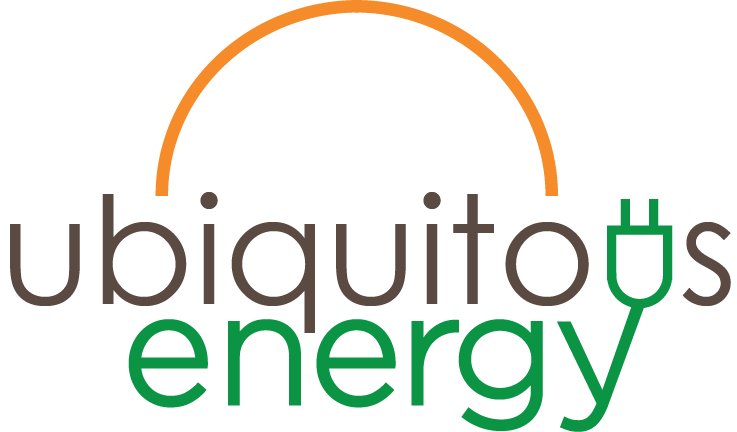Transparent solar cells
February 25, 2013

Imagine a world where any surface could be coated with solar cells, converting sunlight and even the glow of light bulbs into small amounts of usable energy. This is the goal of a new startup called Ubiquitous Energy, MIT Technology Review reports.
The company hopes to develop affordable, transparent coatings and films that could harvest light energy when applied to windows or the screens of e-readers or tablet devices. One way to use the technology might be in electrochromic windows that turn from clear to dark when the sun is brightest.
The trick is the way the company’s photovoltaics take up light: they absorb (collect) energy from wavelengths in the ultraviolet and infrared portion of the spectrum, but very little in the visible region, thus letting visible light pass through. Traditional solar cells, in contrast, in addition to UV and IR absorption, also absorb (and thus reduce) light in the visible regions, so they can’t be made completely transparent.
(More)
We’ve covered similar products in the past. See “Related” below. — Editor
UPDATE: Mar. 8, 2013: last paragraph revised for better explanation of light absorption.